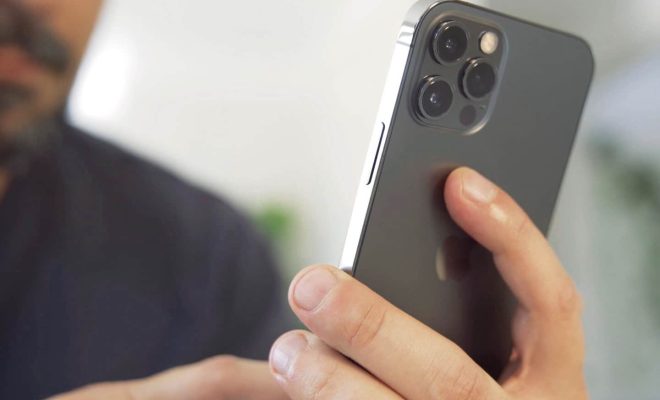How to Cleanly Install and Reinstall GPU Drivers on Windows

As a PC owner or user, you might experience issues with your GPU (Graphics Processing Unit) drivers that require you to perform a clean installation or reinstallation. This process can sometimes be tricky, but with the right steps and precautions, it’s easy to perform without causing any system malfunctions.
Here are the top tips on how you can cleanly install and reinstall GPU drivers on Windows:
- Uninstall the existing GPU drivers
Before you install or reinstall GPU drivers, you need to uninstall the existing ones from your computer. To do that, first, open the Device Manager by searching for it in the Windows search bar. Click on it, and it will open a list of all the devices installed on your system.
Locate the graphics card drivers, which are usually found under Display Adapters. Right-click on the GPU driver and select “Uninstall.” Follow the prompt to complete the process.
- Restart your computer
Next, you should restart your computer to ensure that the uninstallation process is complete and any remaining system files are completely removed. Restarting your computer is also important because it clears out any build-up, ensuring a clean state for the new installation of the GPU drivers.
- Get the latest drivers
After restarting your system, you need to download the latest GPU drivers from the manufacturer’s website. Ensure that you download the correct drivers for your GPU and OS version.
- Install the new driver
Once you have downloaded the latest GPU drivers, it’s time to install them. You can use an automated installer, or you can install them manually using the Device Manager method.
To install using an automated installer, double-click on the executable file you downloaded, and follow the prompts to install the new drivers. For the manual method, open the Device Manager again and select “Update Driver.” Choose to select the driver location manually, and browse to where you saved the downloaded driver files.
- Restart the computer
After successfully installing the new drivers, you should restart your computer once again. This step ensures that all settings can be saved and any new driver configuration can be successfully loaded without any interference.





